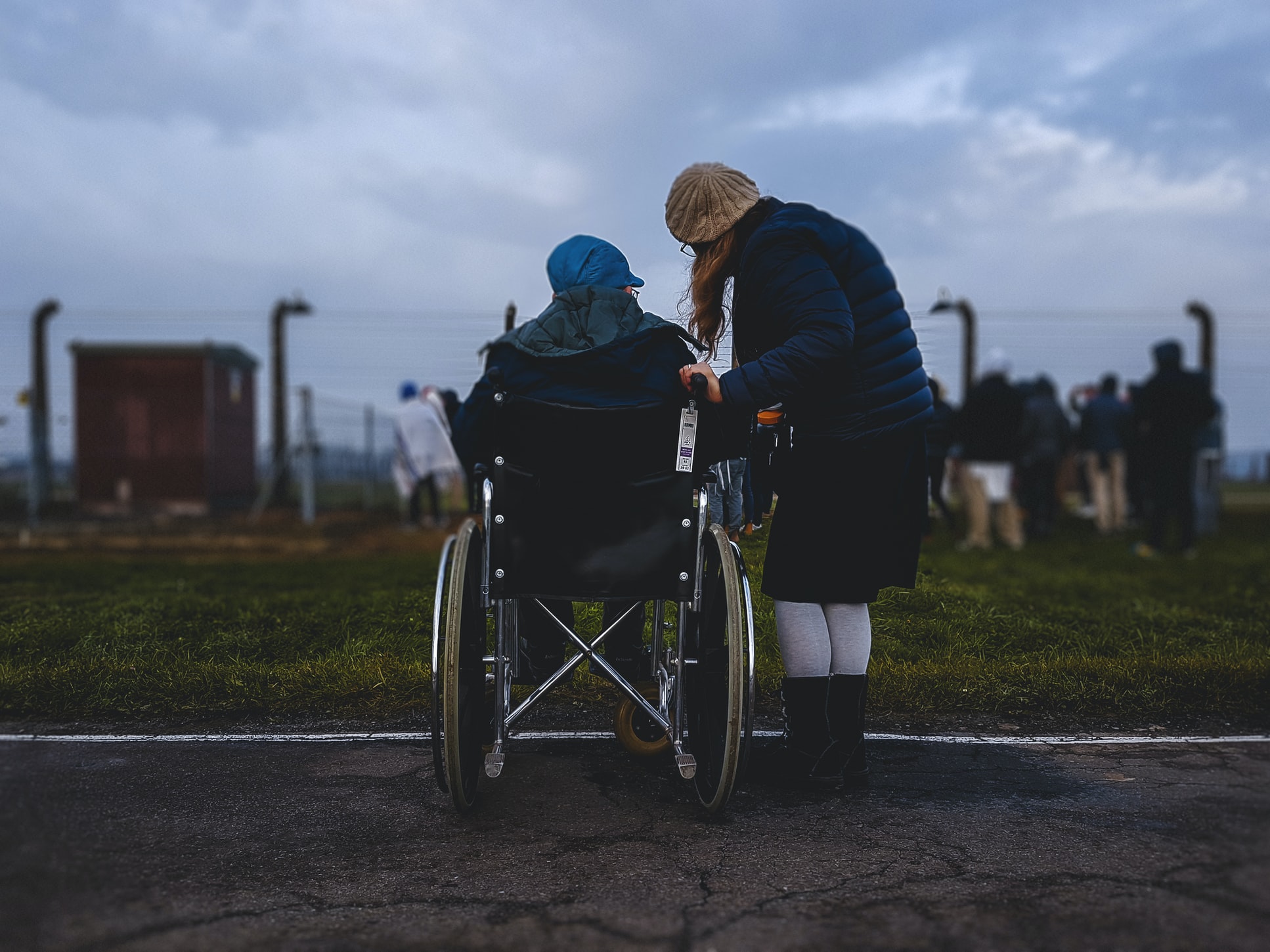Any activity which goes on in your home should cater for people in wheelchairs. From making sure there’s enough floor space in each activity, to simple adaptations to make everything inclusive, Robyn Taylor shares some tips for helping residents maintain independence and join in…
The key factors to consider when incorporating people in wheelchairs into an activity are:
- There is enough space to manoeuvre wheelchairs throughout the activity.
- The person is aware of the activity in advance, and is given enough time to get ready or get to the session.
- The person can see what they need to, from where they are sitting.
ACTIVITIES
Arts and Crafts – Ensure there is extra space at the table for the person’s chair to fit in. Plan where people are going to sit beforehand if possible. Use a table you can adjust for height if necessary. If you are painting and drawing, an easel is also helpful as you can adjust it.
Exercise – Chair-based exercise is extremely popular in care homes. Find out the person’s ability and plan movements to help strengthen their muscles and limbs. For example, if a person has weaker legs, start small and encourage them to build strength by tapping their toes, putting the weight on their toes and lifting their legs (with hands if needs be). Also work on core muscles like rocking forward to back, stretching up, leaning forward and to the side with arms up high. It is important to promote as much circulation in the body as possible.
Quizzes – This can be done around tables, in a circle or in clusters in the lounge. Not much adapting needs to be done here.
Games – Target games are great for people who are in wheelchairs as you need lots of space.
Holistic Therapies – Massages can be enjoyed while sitting in a wheelchair, or for a back massage, the person can be hoisted into their own bed or a therapy bed. Other beauty treatments are also a much-loved activity that require little to no adjustments.

SPORTS
Lots of external sports venues now have plenty of adapted facilities for wheelchair users, which really opens up the possibilities for your residents.
Swimming – Many pools now have hoists that can lift a person into the pool. Ensure you have seen that these have been checked and maintained, as many leisure centres may not have used them, and ask for proof that staff are fully trained.
Ice Skating – Did you know you can take wheelchairs on the ice rink?!
Tennis – People in wheelchairs can go on the court, and many tennis clubs have wheelchairs that are adapted for the sport, so the wheels are at an angle that prevents the chair from tipping.
Bowling – Tenpin bowling alleys have frames which you can place the ball onto and push the ball down. They will also have access by the side to get onto the bowling platform, rather than struggling with getting up the steps.

TRIPS OUT
Activity coordinators may find it a struggle to organise trips out and about to suit the needs of everyone. Simple walking outings are fine, as long as the route has been checked for steps or uneven ground.
But if you want to drive somewhere you’ll need to do a little more planning. There are always taxis available if it is possible to transfer someone from their chair, into the car, and back again. But if a hoist is needed, then you’ll need to look for companies with vehicles that can take wheelchairs.
When you go out on trips, ensure you complete risk assessments and look for all the details at every level. For example, if you plan a trip to the shop, and you are pushing a wheelchair, ensure that the person can see the items on the shelves or rails and that they can reach to pick things up. Always ask if they are happy or if they want to see anything else as you go along.
Other things you may wish to consider when doing a risk assessment for outings are: ensure corridors and doors in buildings are wide enough; check there is access to a ramp if needed; check for uneven floor surfaces, including cobbled streets, grass, potholes, etc; and check for access to disabled toilets.
Making these small adjustments are all about enabling a person to maintain a normal and happy lifestyle. If the person wants to participate in a much-loved pastime or hobby, put things into place to let it happen. As a resident once said to me: ‘You’re like a magician. You make amazing things happen!’ Activity coordinators – you are that magician!




